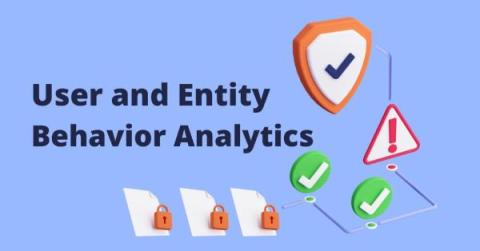Business Email Compromise Attacks: How To Prevent & Recover
Imagine receiving a work email from your finance department asking about an overdue invoice. You notice it has a few extra typos and uses strange language, so disregarding it as junk. What you don’t know is that your very busy coworker receives the same email at the same time. Because they’re more distracted than normal, they respond, unknowingly aiding with a business email compromise (BEC) attack.



